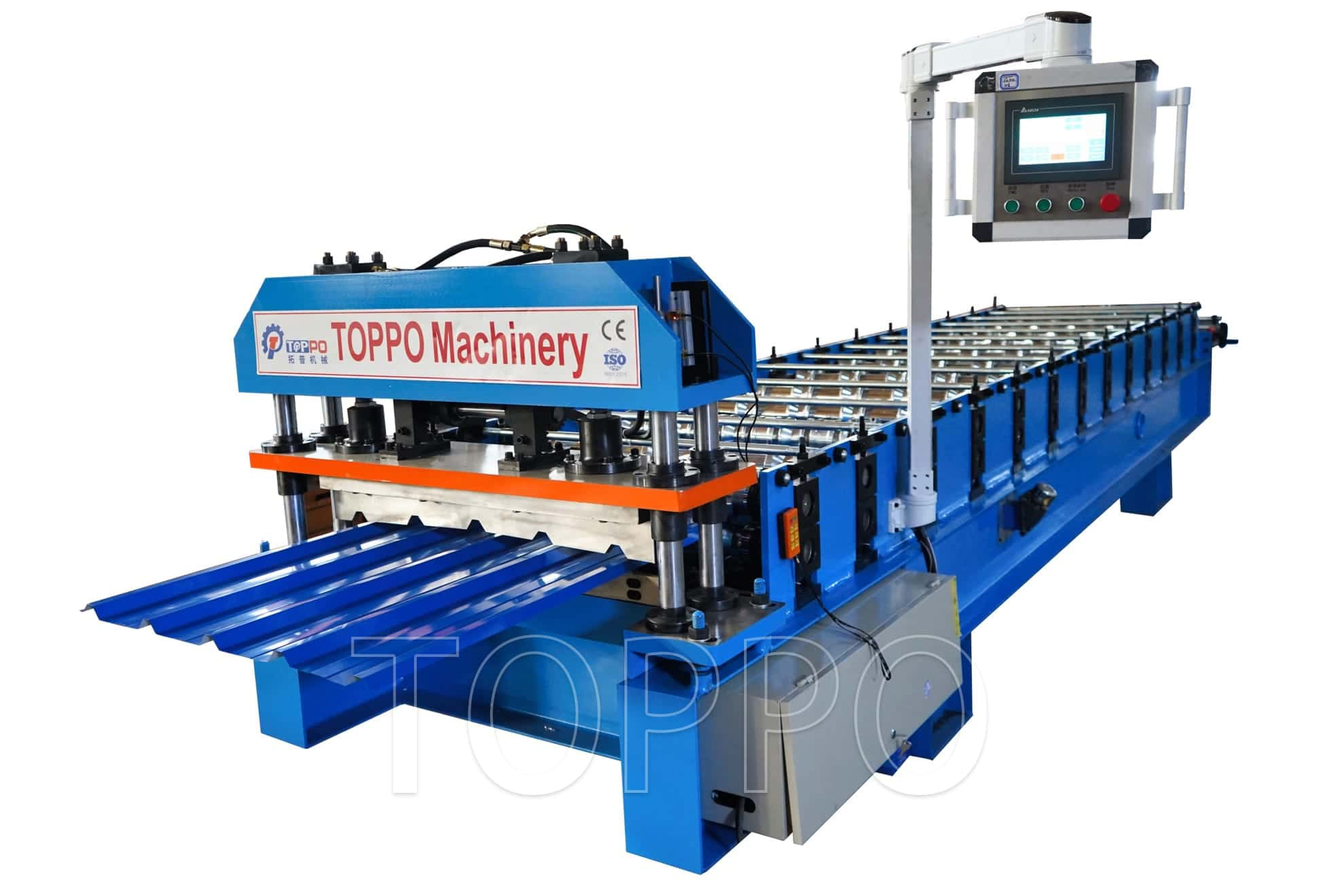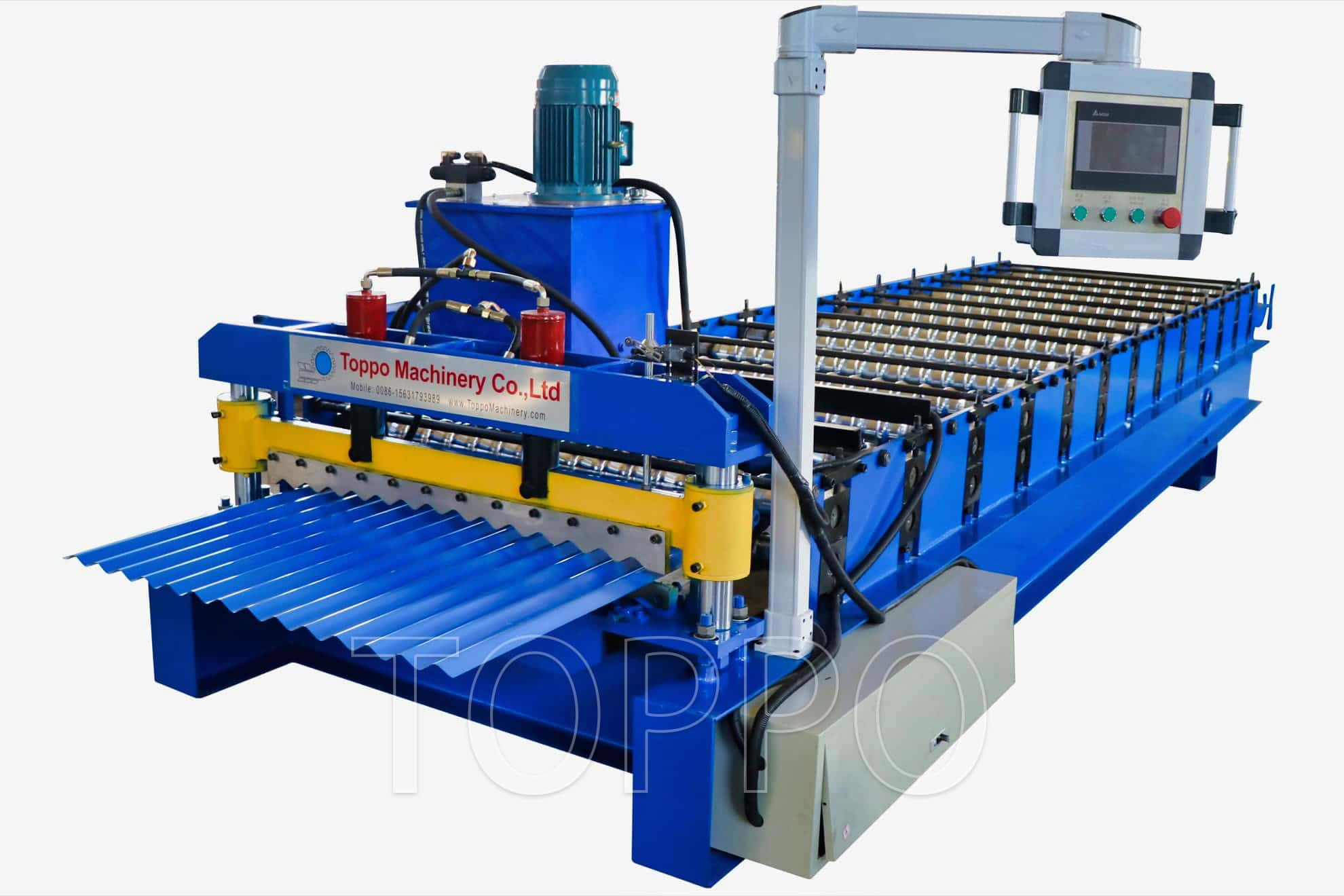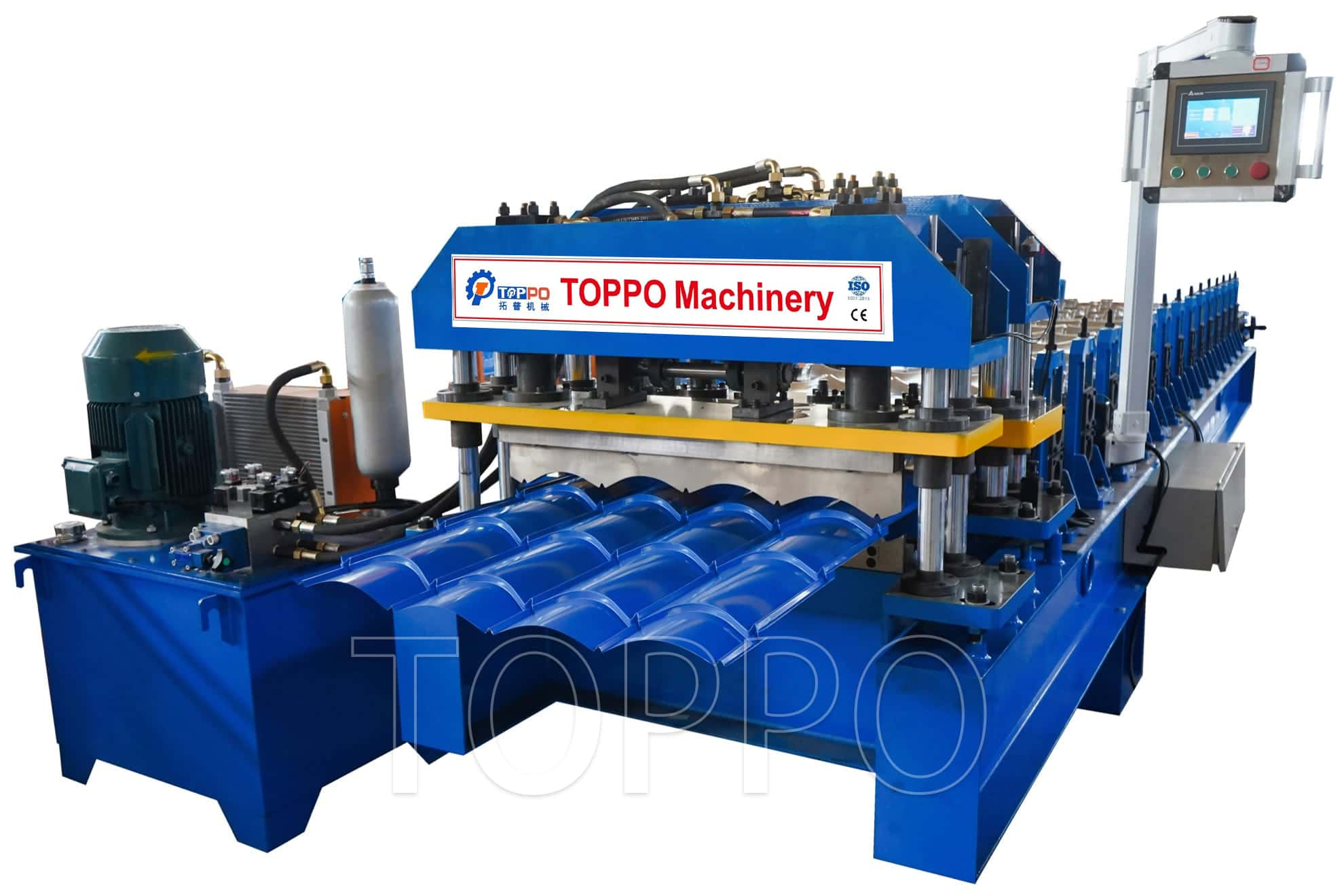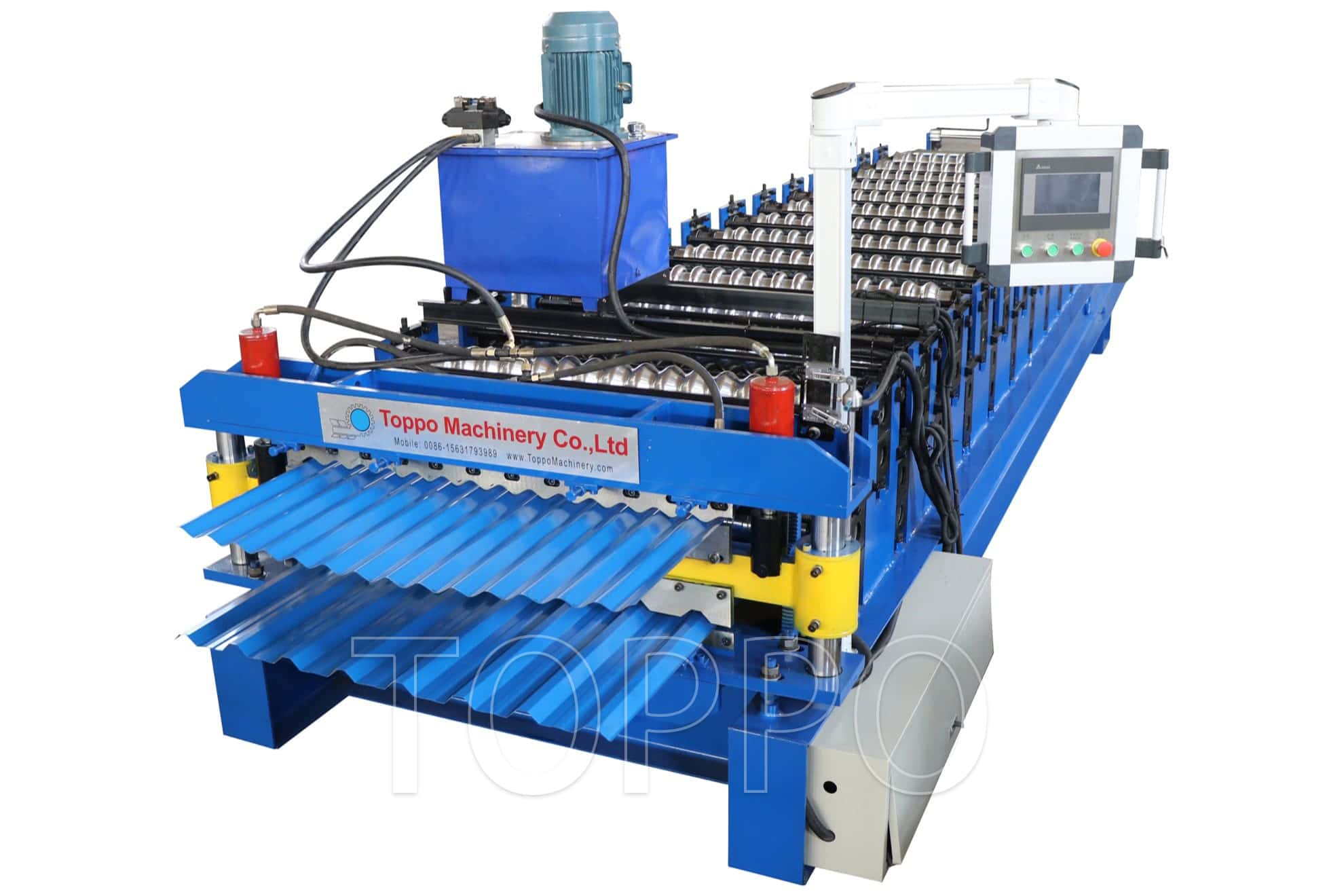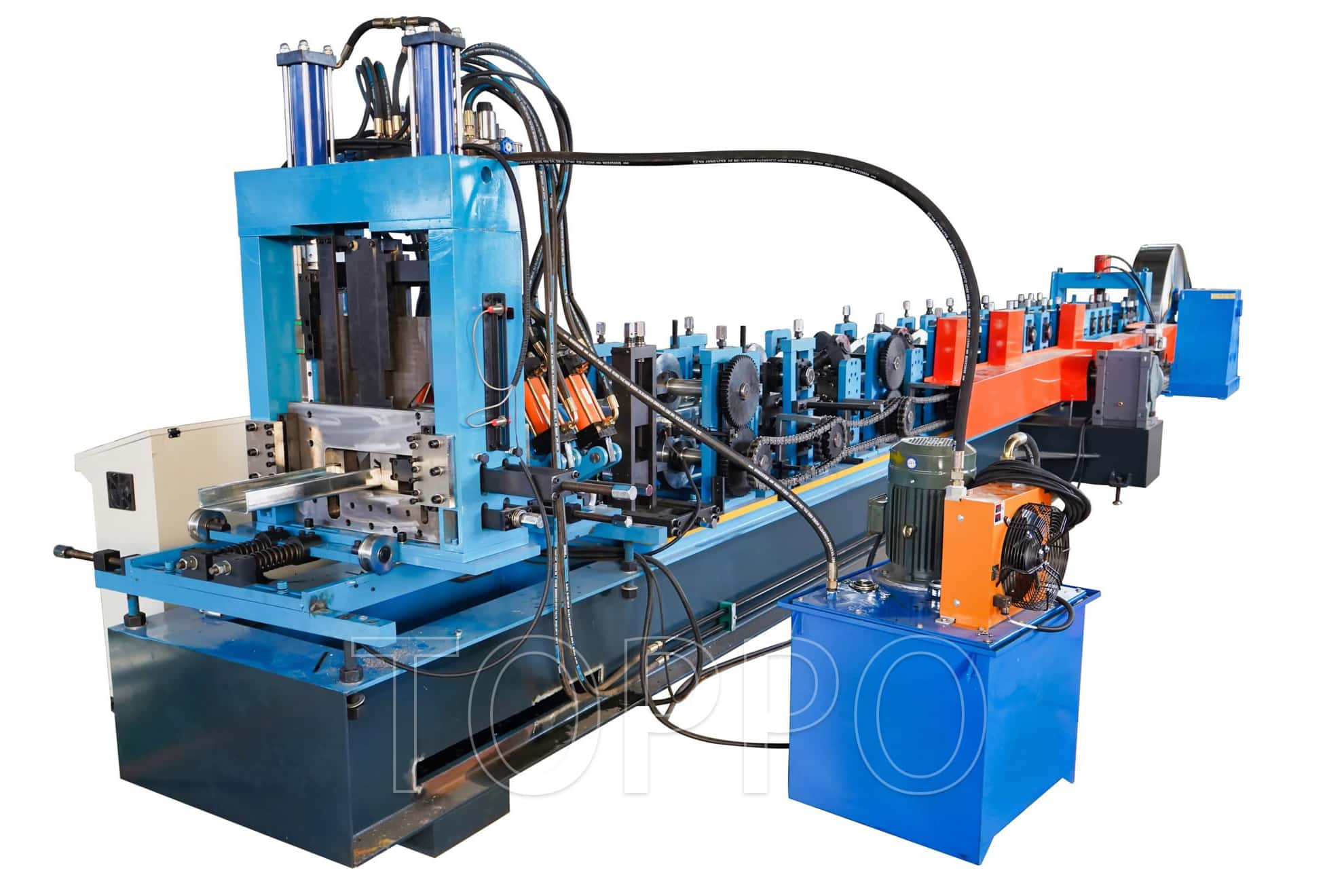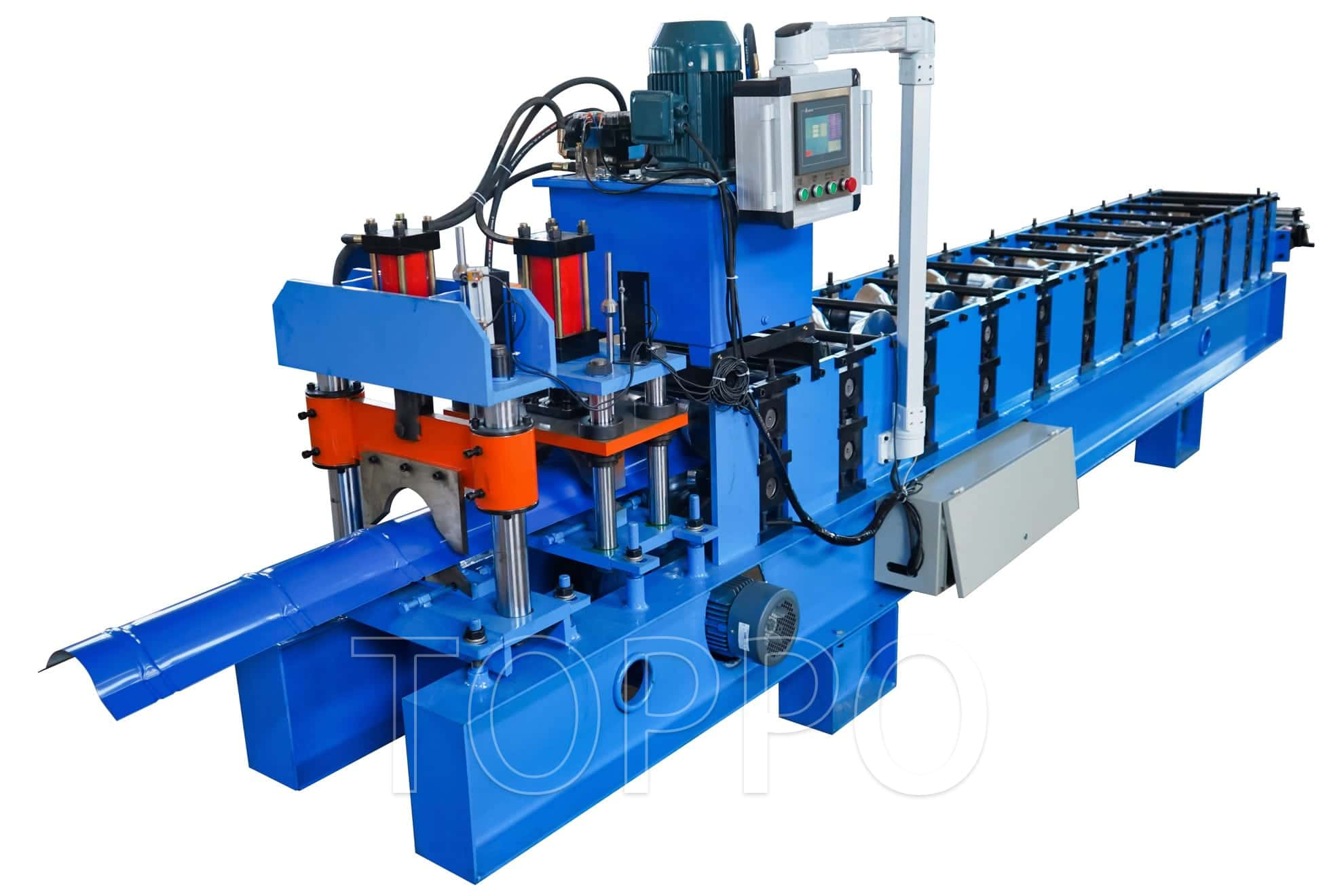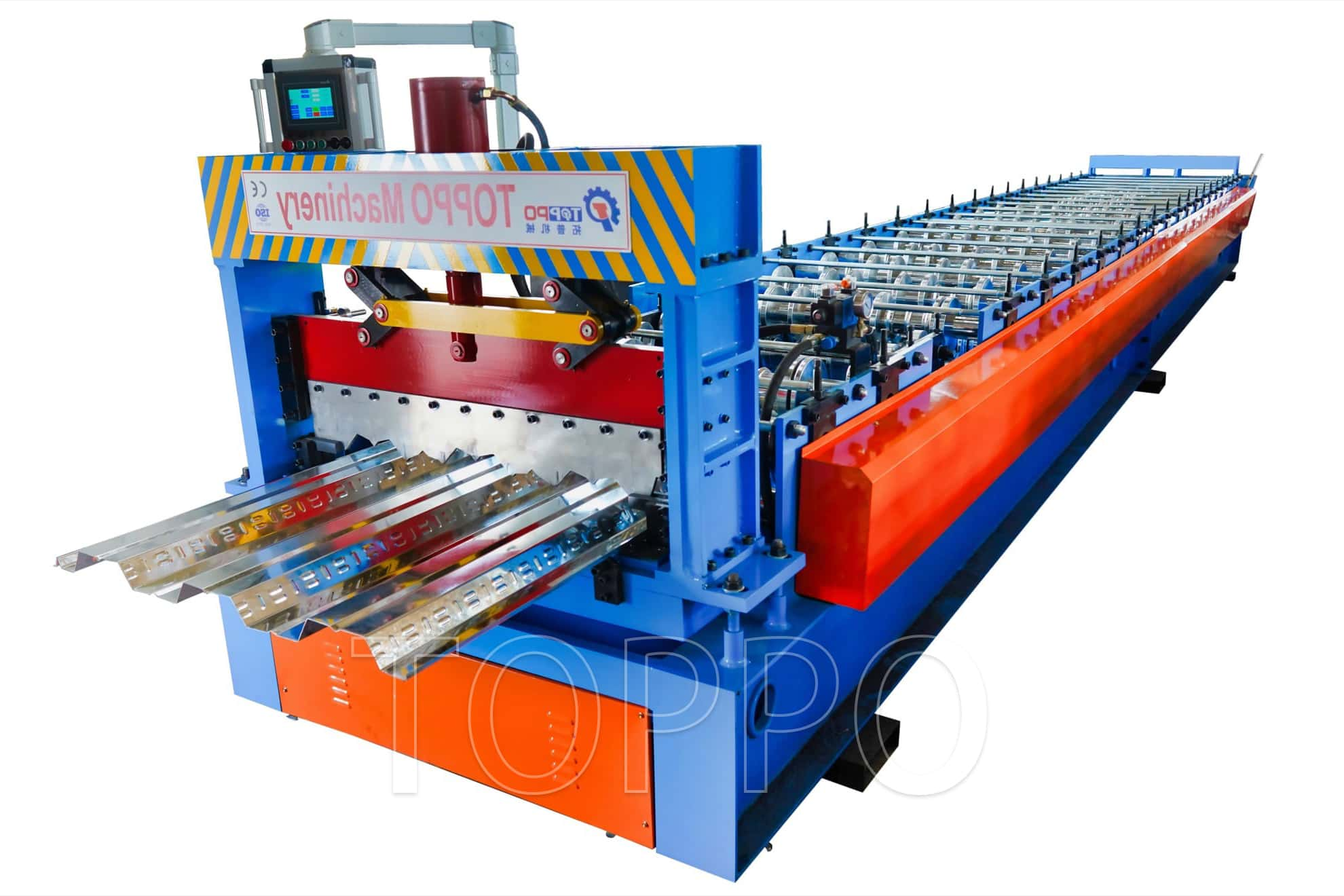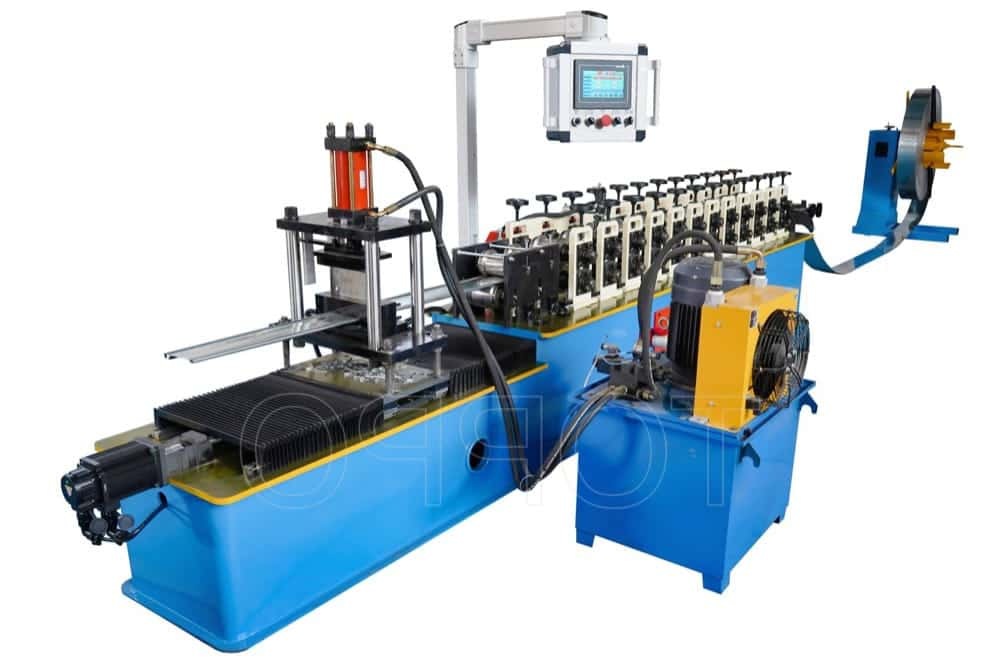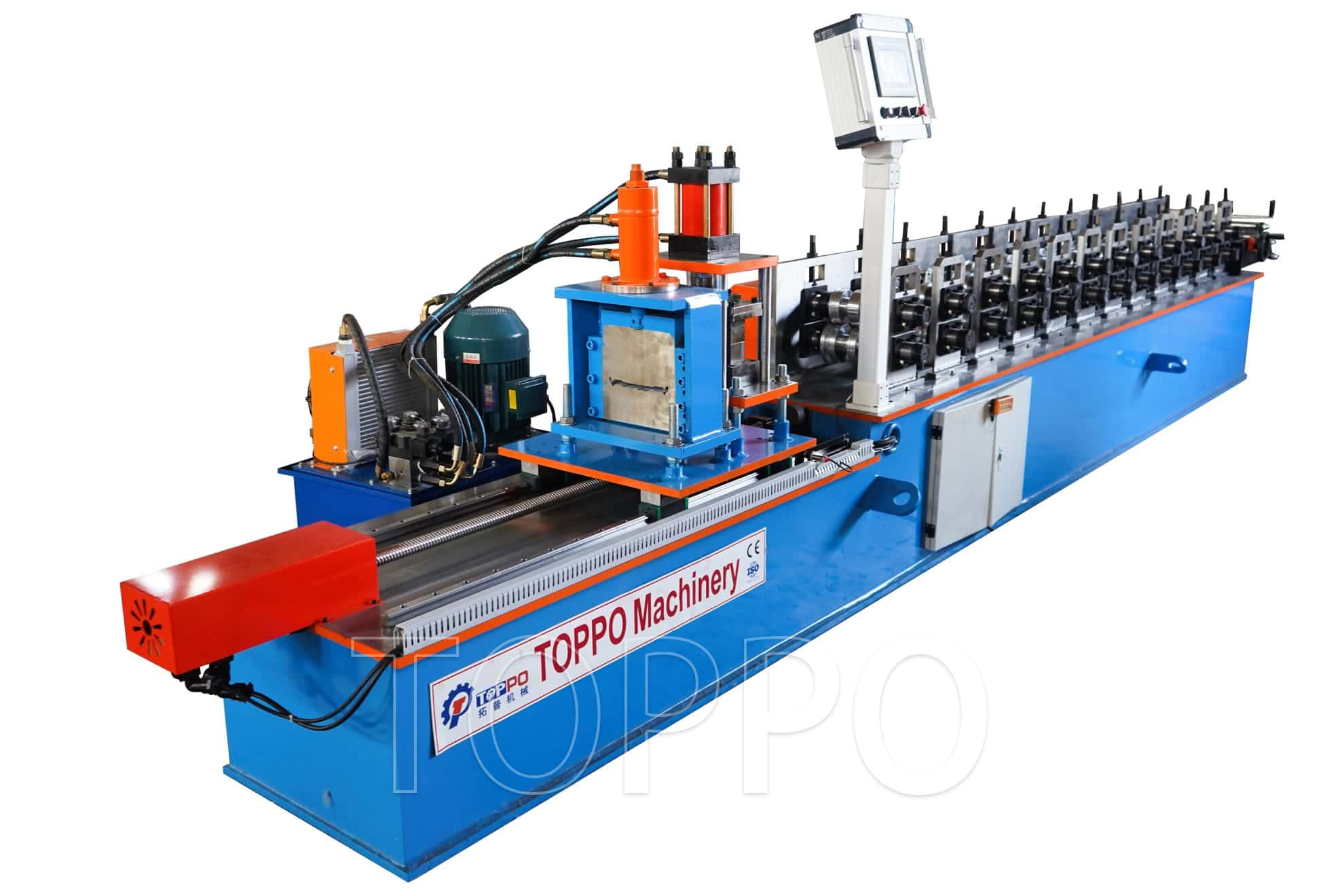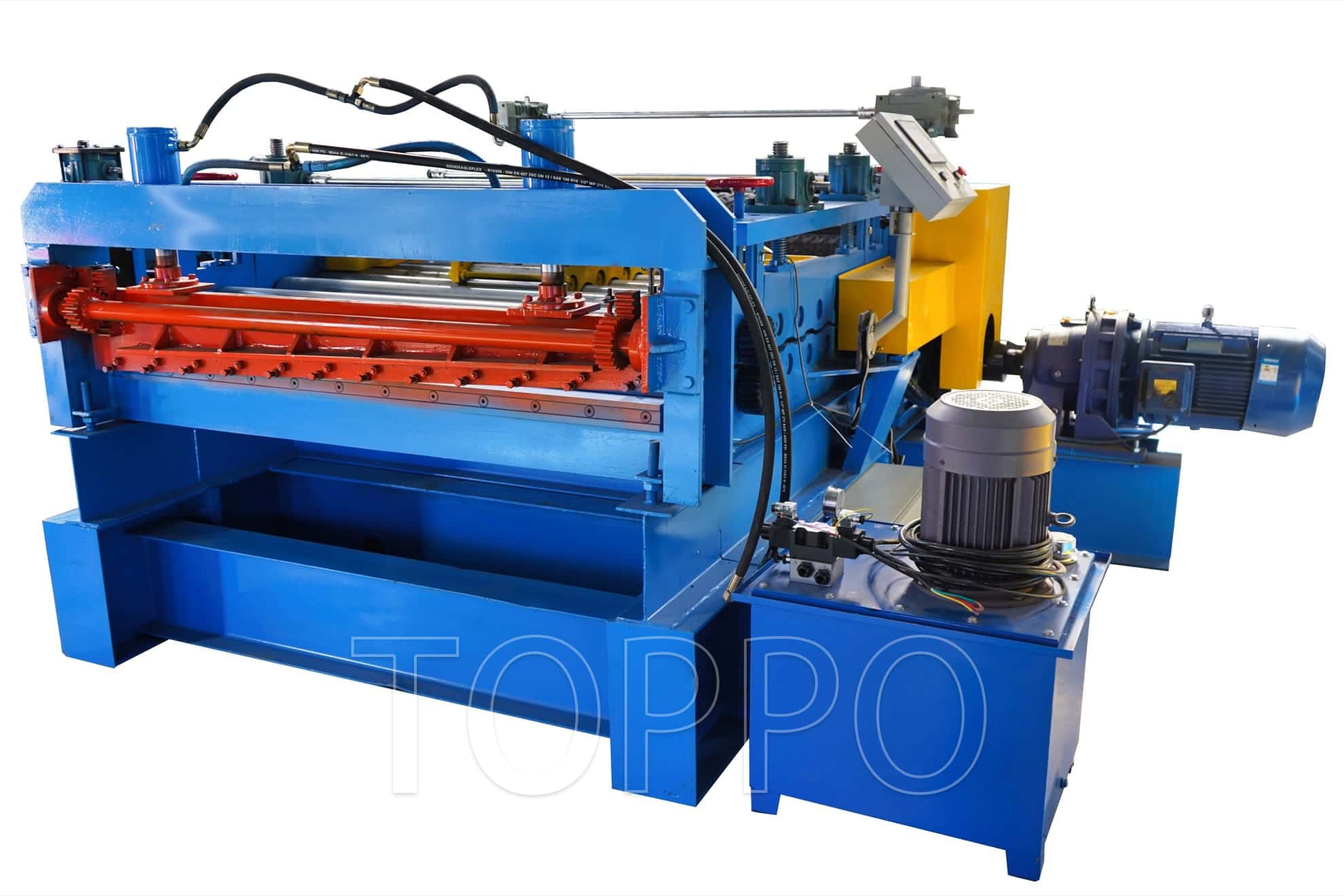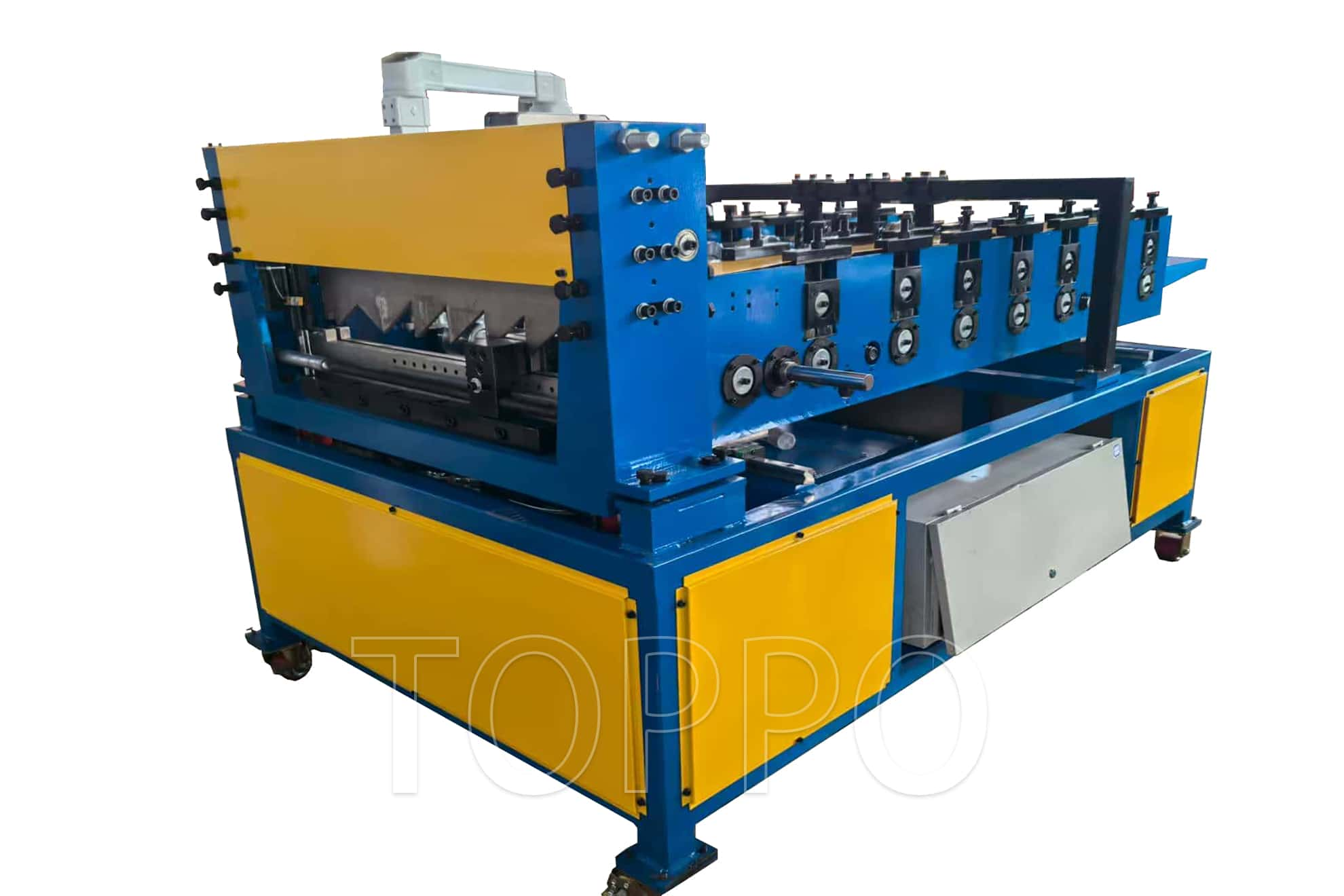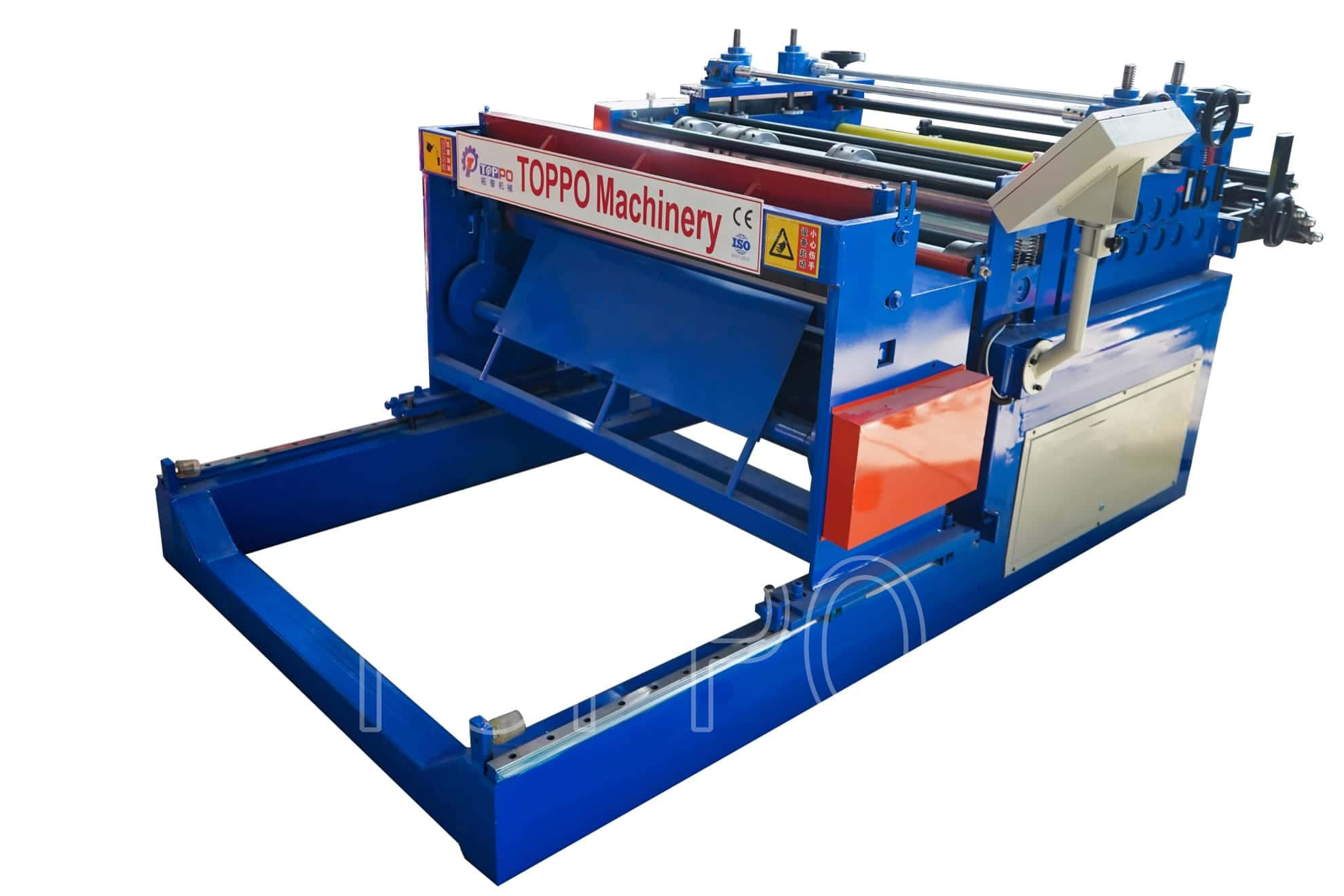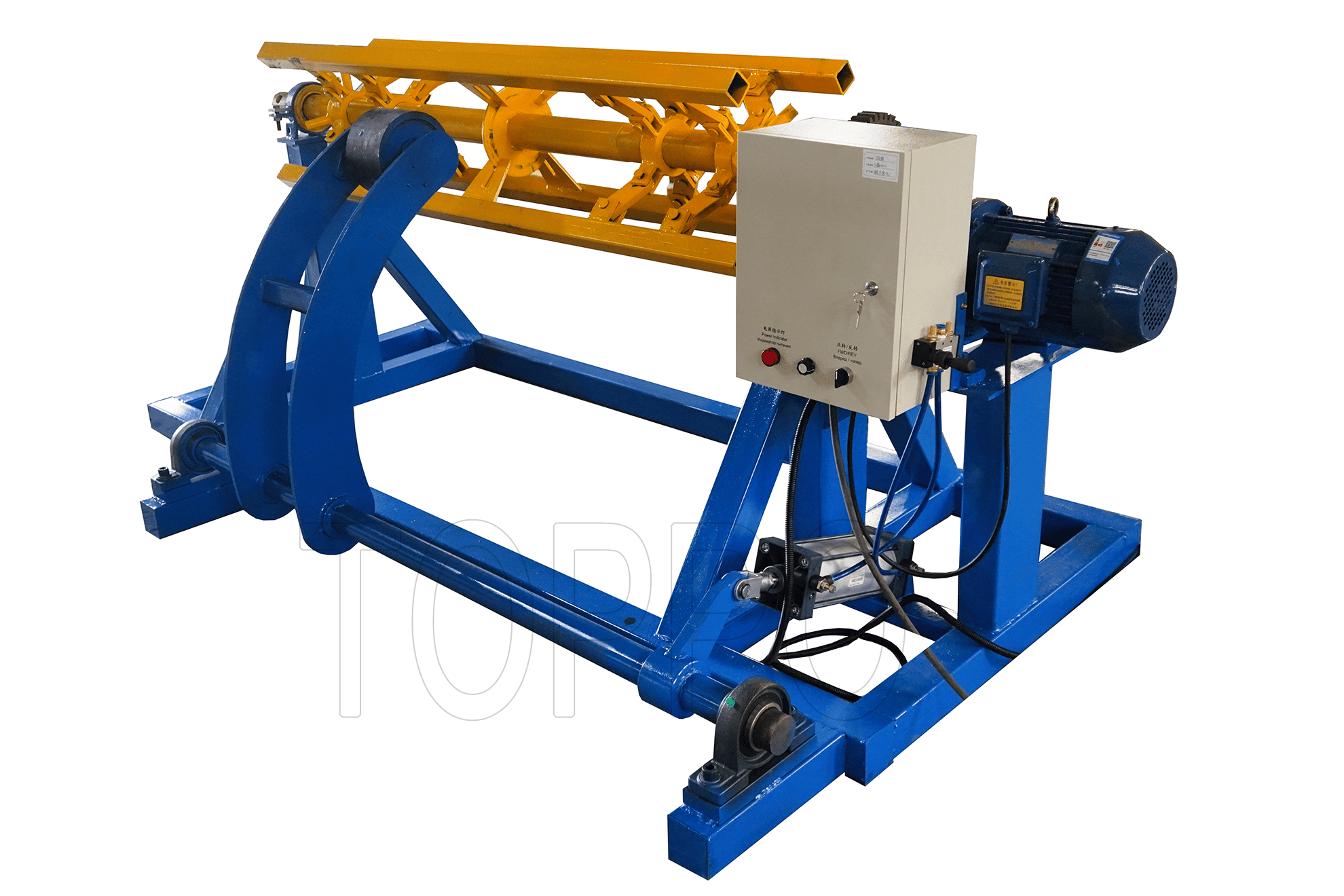- Trapezoidal Machine
- Corrugated Machine
- Glazed Tile Machine
- Double Layer Machine
- CZU Purlin Machine
- Ridge Cap Machine
- Floor Decking Machine
- Rolling Door Machine
- Fence Machine
- Embossing Machine
- Standing Seam Machine
- Cut To Length And Slitting Line
- Guard Rail Machine
- Decoiler And Stacker
- Stud And Track Machine
- Gutter And DownPipe
- Curving Machine
- Cladding Panel Machine
- Corollary Equipment
Driving Efficiency: The Technologies Transforming South American Roofing Sheet Production
The future of roofing sheet manufacturing in South America is defined by technological progress. Factories that master implementation steps, risk management, and operator training will pull ahead in efficiency and quality. Here’s a deep dive into the top three technologies reshaping the field, with a focus on practical action, typical missteps, and success stories from the region.
1. Full-Line Automation in Roll Forming
Core Concept: Upgrading the Tr4 color steel metal roof trapezoidal roll forming machine with sensors, automated feeders, and software monitoring dramatically improves consistency and reduces errors.
Implementation:
Retrofit automation modules to the roof panel making machine and configure alert thresholds for quality issues.
Calibrate all sensors after installation and schedule periodic accuracy checks.
Regularly update system software and document new settings after every change.
Common Errors: Failing to recalibrate sensors or skipping software updates may lead to poor profile accuracy and scrap.
Real-World Case: A Venezuelan facility achieved a 25% throughput increase after digitalizing its trapezoidal roll forming machine monitoring.
2. Advanced Materials and Precision Feeding
Core Concept: Higher grade steel and digital feeders allow for thinner, stronger roofing sheets with minimal waste.
Implementation:
Source certified steel compatible with target roof profiles.
Install digital feeders on the roof panel making machine for accurate material flow.
Run trial batches to optimize settings before large-scale production.
Common Errors: Using substandard material or failing to verify feeder calibration can increase rejection rates.
Real-World Case: A plant in Argentina reduced waste by 14% using feeder automation on its trapezoidal roll forming machine.
3. Integrated Sustainability Initiatives
Core Concept: Power-saving motors and closed-loop scrap handling help plants hit sustainability goals and improve margins.
Implementation:
Upgrade the Tr4 color steel metal roof trapezoidal roll forming machine with variable-speed drives.
Install systems to automatically collect and recycle scrap.
Monitor energy use and report gains monthly.
Common Errors: Ignoring energy and scrap data undermines investment in sustainability.
Real-World Case: A Chilean factory cut its carbon footprint by 12% after adopting closed-loop scrap recovery.
Summary
To gain from these technologies, South American producers must focus on precise calibration, ongoing operator education, and tracking performance data. Those who do will secure a strong competitive edge in the fast-changing industry landscape.
SEO Keywords: Tr4 color steel metal roof trapezoidal roll forming machine, roof panel making machine, trapezoidal roll forming machine, roll forming automation, advanced materials, digital feeder, factory case, production efficiency, South America, scrap recovery, profile accuracy, calibration process, monitoring software, sensor update, throughput increase, process documentation, operator training, feeder automation, power-saving motors, sustainability, steel source, roof profile, system retrofitting, plant management, equipment upgrade, variable-speed drive, waste reduction, technical monitoring, quality control, carbon footprint, digital manufacturing, closed-loop system, steel optimization, software configuration, performance tracking, precision production, production management, quality threshold, factory sustainability, real-time data, technical implementation, competitive advantage
READ MORE:
South American Roofing Sheet Factories: The Next Generation of Technology and Productivity
Three Innovations Reshaping Roofing Sheet Factories Across South America
Revolutionizing Roofing Sheet Manufacturing: Emerging Technologies for South America
What Are the 3 Key Technologies Driving the Future of Roofing Sheet Production in South America?



